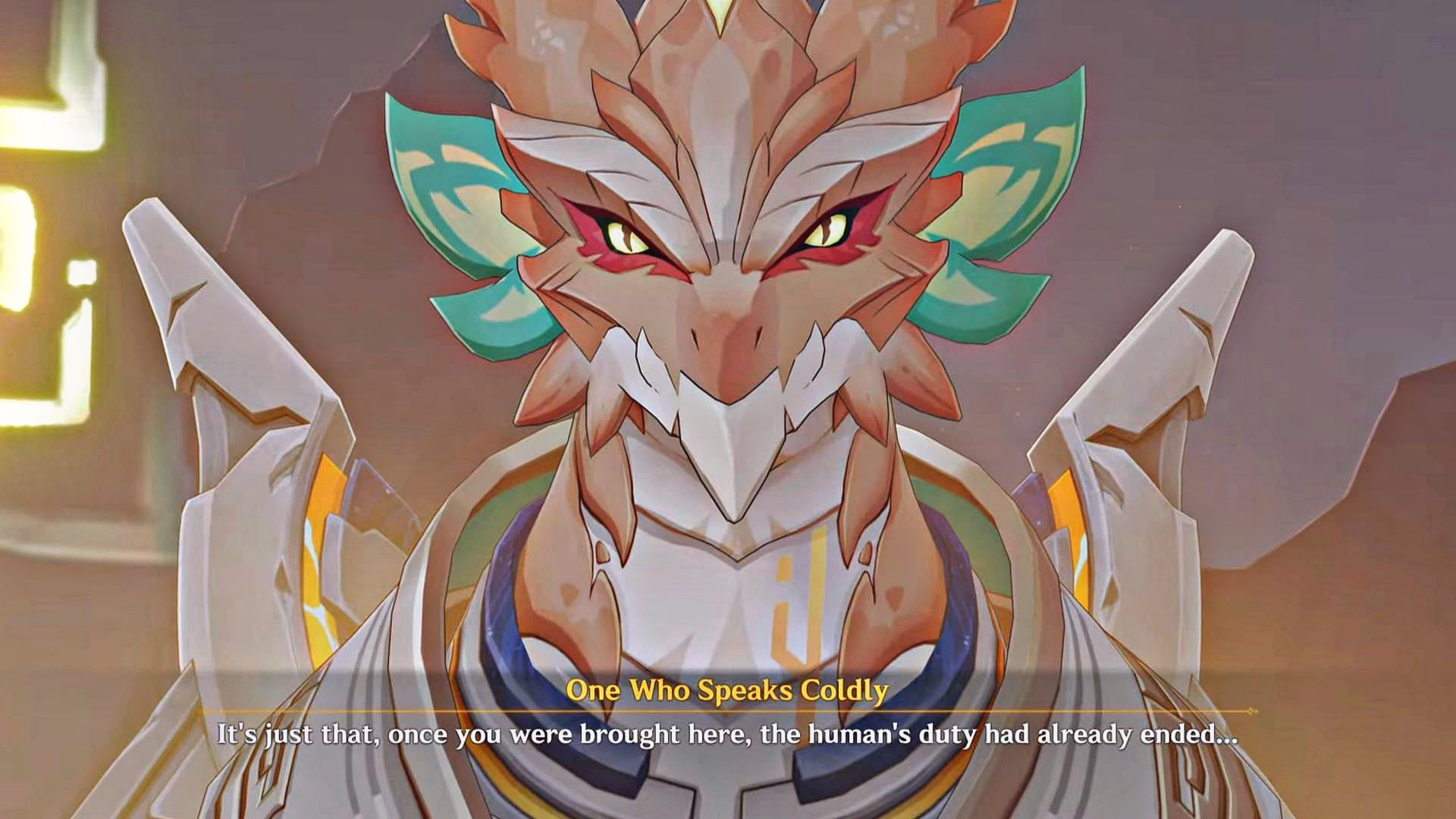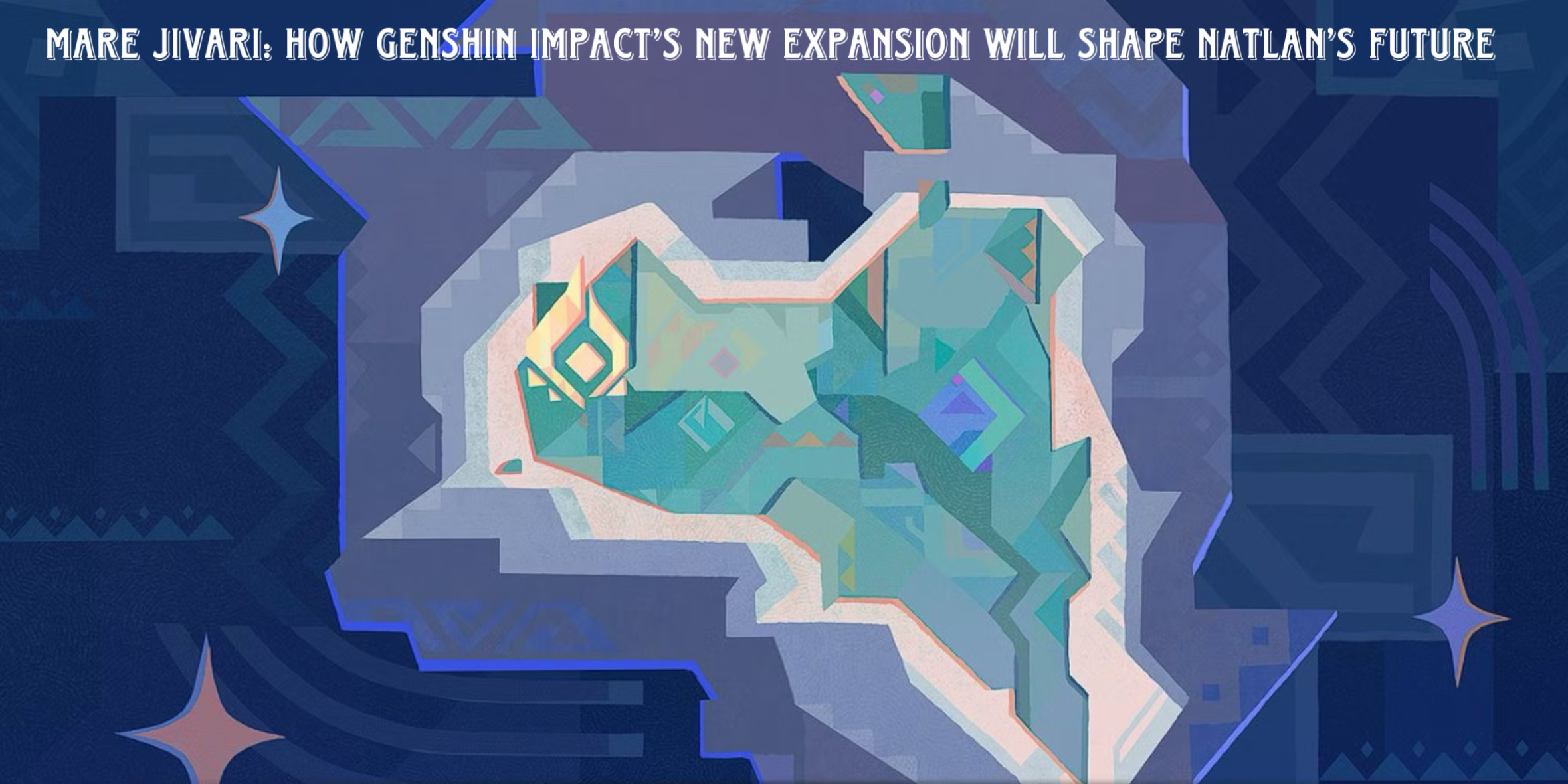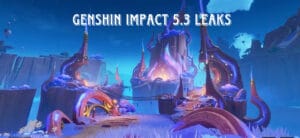Natlan, the nation of war in Genshin Impact, is steeped in a rich and often turbulent history. Central to its past is the controversial figure of Och-Kan, known as the Tyrant King, whose reign marked one of the most violent and divided eras. His story, intertwined with the rise and fall of the Grand Alliance, offers a cautionary tale about ambition, unity, and the enduring scars of power.
Och-Kan: From Unifier to Tyrant
Och-Kan’s lineage was unique; he was the son of the Dragon Sage, a being with both draconic and human ties. His ascent to power followed the defeat of Xiuhcoatl, the Pyro Dragon, from whom Och-Kan inherited a portion of its eye. Initially, he was envisioned as a figure who could unify Natlan’s disparate tribes.
However, Och-Kan’s ambitions quickly veered into tyranny. He sought absolute dominance over both humans and dragons, relentlessly hunting down remaining dragons and subjugating various tribes under his iron fist. To solidify his rule, he excavated ancient dragon ruins beneath his burgeoning city, Ochkanatlan (also known as the Cinder City), and wielded forbidden knowledge to create massive constructs. His obsession with centralized power led him to betray and imprison even powerful allies like Ixlel to further augment his reign.
A key aspect of his tyrannical rule was the suppression of religious freedom. Och-Kan banned offerings to other gods, particularly Yohualtecuhtin and those associated with the Night Kingdom, in a bid to prevent the emergence of any rival Pyro Archon. His era was defined by fear, manipulation, and conflict.
The Grand Alliance: A Dream Twisted into a Tool of Oppression
The Grand Alliance was a coalition formed in ancient Natlan, initially founded on principles of hope and unity. It was established by the Six Heroes, each representing one of Natlan’s autonomous tribes, with Och-Kan playing a prominent leadership role. The stated goal was to forge a new nation, Ochkanatlan, under a shared vision of unity and mutual protection. It began as a mutual pact, not a military force.
Yet, as Och-Kan’s influence grew, the Alliance was tragically twisted into an instrument of his control. His dictatorial policies sowed discord, turning former allies into foes. Figures like Lianca of the Flower-Feather Clan openly rebelled, while others were marginalized or chose to depart. The once-lauded alliance crumbled under the weight of Och-Kan’s oppression, ultimately leading to a widespread tribal uprising and the eventual fall of Ochkanatlan.
Och-Kan’s Complex Alliances and His Ultimate Downfall
Och-Kan’s relationships with Natlan’s factions were initially built on the foundation of the Grand Alliance, uniting the six tribal leaders to establish Ochkanatlan. However, his shift towards authoritarian rule fractured these cooperative ties. He enforced his will through force, fear, and manipulation, effectively converting the alliance into a means of centralized control rather than mutual governance.
His tyrannical reign fostered significant dissent. Former allies, such as Yupanqui, eventually joined the opposition that led to his overthrow, dying in the conflict. Others, like Lianca, actively rebelled against his authority. This trajectory highlights how Och-Kan’s ambition alienated key figures and led to the collapse of his alliances.
Och-Kan’s tyrannical rule was ultimately met with a fierce revolt by the people, led by the Scarlet-Eyed Hero, who would later become a Pyro Archon. Losing the support of both humans and dragons, Och-Kan was defeated, his mind and body separated—his mind becoming the entity Cocouik, and his body transforming into the Dragon of the City of Flowing Ash.
A Legacy of Caution
Och-Kan and the Grand Alliance stand as potent symbols within Natlan’s lore, embodying the enduring conflict between unchecked ambition and the pursuit of unity. These tales continue to shape the region’s cultural memory and mythos, appearing in flashbacks and archival content throughout Genshin Impact’s Natlan quests.
The ruins of Ochkanatlan, the fate of the six tribes, and the lasting legacy of the Pyro Archons are crucial elements in unraveling Natlan’s deep history and its place within the broader narrative of Teyvat. Och-Kan’s story serves as a profound cautionary tale, reminding Natlan of the costs of absolute power and the importance of shared governance over oppressive dominance.



